IP degree of protection — decoding, examples of equipment
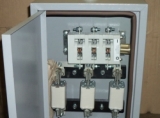 It is impossible to imagine the modern world without electrical appliances. Almost every house today has an electric kettle, a microwave oven, a TV and a vacuum cleaner. Every production has electrical machines, computers, heating devices. After all, in every room connected in one way or another with human activity, there is at least a switch or socket.
It is impossible to imagine the modern world without electrical appliances. Almost every house today has an electric kettle, a microwave oven, a TV and a vacuum cleaner. Every production has electrical machines, computers, heating devices. After all, in every room connected in one way or another with human activity, there is at least a switch or socket.
In the era of ubiquitous electrification, an important factor is the safe operation of all these devices. Protection against the penetration of moisture and dust into the body of the device is often the key to its reliable trouble-free service throughout the entire period of operation. In addition, the protection of a person is also important when interacting with various devices in the electrical and electronic sphere.
In this regard, the IEC 60529 standard, adopted by the International Electrotechnical Commission, has been in force since 1976, which regulates the degree of protection of the device provided by its "IP" casing. So, the marking "IP20" can be found on ordinary sockets, "IP55" on external junction boxes, "IP44" on hood fans, etc.Let's find out what these markings mean, what these markings are and where you can find them.
«IP» is an abbreviation of the English ingress protection rating, which means — the degree of protection against ingress... The letters and numbers in this marking classify the protection class of the case, the protective shell of the equipment, by the nature of preventing external influences aimed at it: the action of water, dust, solid objects, as well as the nature of protecting people from electric shock in contact with the housing of this equipment. The rules regarding this classification are described by GOST 14254-96.
The protection class is determined in the course of type tests, where it is checked how the housing is able to protect dangerous, current-carrying and mechanical parts of the equipment from the penetration of liquids or solid objects on them, how it is enclosed resistant to influences of different intensity and under different conditions of these influences.
So the international mark of protection «IP», printed on the body of the device or indicated in the documentation, consists of the letters «I» and «P», as well as a pair of numbers, the first number indicating the degree of protection against the action of solid objects on the shell, the second — on the degree of protection against water penetration.
Numbers can be followed by up to two letters, and the numbers themselves can be replaced by the letter «X», in case the degree of protection according to this criterion is not determined, for example «IPX0» — marking on a body massager or «IPX1D» — boiler marking. The letters at the end carry additional information and this will also be discussed later.
The first number in the marking. It reflects the extent to which the enclosure prevents foreign objects from entering the enclosure.This includes limiting the penetration of a part of a person's body or an object that a person can hold in their hand, as well as other solid objects of various sizes.
If immediately after "IP" is "0", then the shell does not protect against solid objects at all and does not limit the possibility of open access to dangerous parts of the device. So the first digit can be in the range from 0 to 6. The number «1» means limiting access to dangerous parts when working with the back of the hand; the number «2» — protection against finger action, «3» — against the tool, and from «4» to «6» — against the wire in the hand.
The characteristic dimensions of solid objects against which protection is provided:
-
«1» — greater than or equal to 50 mm;
-
«2» — greater than or equal to 12.5 mm;
-
«3» — greater than or equal to 2.5 mm;
-
«4» — greater than or equal to 1 mm;
-
«5» — greater than or equal to the size of dust particles, this is partial protection against dust;
-
«6» — full dust resistance.
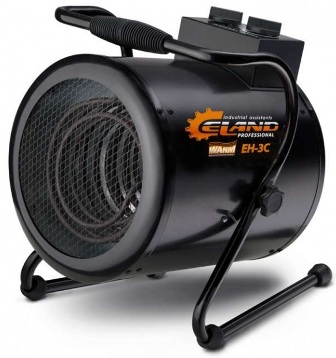
The first digit «1»... For example, an electric heat gun has a degree of protection IP10, thus, of course, a large object will not pass through the protective grid, but a finger or a tool, and even more wire, will pass completely. As you can see, the body here is designed to protect a person from contact with heating elements. Obviously, moisture is contraindicated for this device, but there is no protection from it.
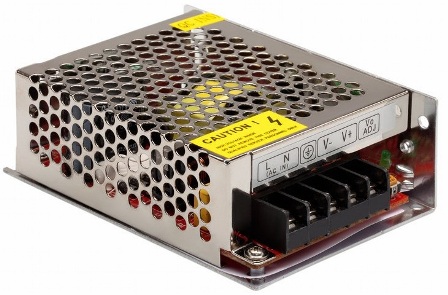
First digit «2»... The LED power supply has an IP20 protection class. We can see that its body is made of perforated metal, the holes are only a few millimeters in diameter, which is not enough to touch the conductive parts of the board with your finger.But small bolts easily fall through these holes and can cause irreparable damage to the device, causing a short circuit. This power supply has no moisture protection, so it can only be used in conditions of additional external moisture protection.
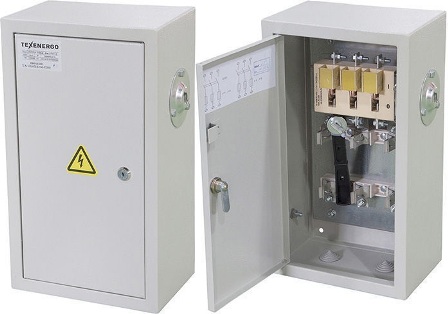
First digit «3»… The power supply box has IP degree of protection IP32. Its body provides almost complete isolation of the insides from accidental contact with a person or a random object with a diameter of at least 2.5 mm. You can only open a box with a key and nothing else can open it without serious intentions. However, the millimeter wire will easily crawl through the gap near the door. The second figure reflects the protection of the case from periodically falling drops of water. Drops are not scary for the power box.
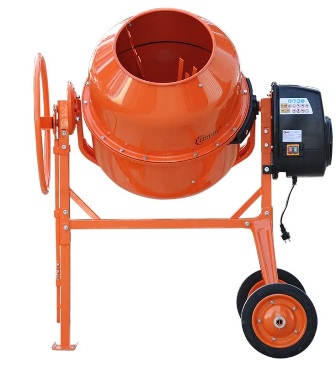
First digit «4»... The concrete mixer has an IP45 protection class. It is not at risk of breaking wires and bolts, its drive motor is isolated with a special case. But the concrete mixer does not have dust protection, therefore, with a strong dust content, its mechanism may jam if you do not monitor its condition for a long time. For this reason, the concrete mixer needs regular washing and cleaning. The concrete mixer is protected against water jets, so it can be washed with a powerful jet, it can also work in the rain, the second number tells us about it.
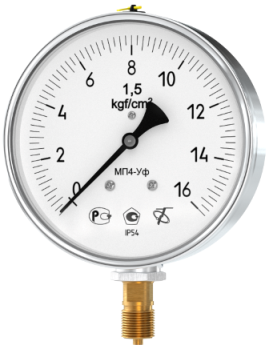
First digit «5»... The technical pressure gauge in a stainless steel housing has a protection class IP54. It is not afraid of coarse dust, and the contact of foreign objects with both the dial and the mechanism is excluded. If the device gets a little dust or large debris suspended in polluted air, such as a laboratory, it will not interfere with its operation.This pressure gauge can also work in the rain, this is proven by the second digit, it is also not afraid of splashes from any direction.
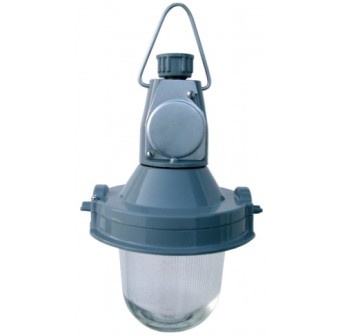
First digit «6»... The hermetically sealed housing of the luminaire with protection class IP62 allows it to be used as a light source in dusty basements, sheds, industrial and utility rooms where dust is constantly present.
Dust simply cannot penetrate a seal specially designed to make the light fixture dustproof. The internal parts of the lighting unit are completely protected from accidental contact with them. The second number in the marking reflects the protection against falling, that is, no matter how the lamp suspended from the ceiling swings, drops cannot harm it.
The second number in the marking. It characterizes the degree of protection of the equipment from the harmful effects of water, thanks directly to the housing of the device itself, that is, without taking additional measures. If the second digit is «0», then the shell does not provide protection against water, as in the examples with a power supply for LEDs and with an electric heat gun. The second digit can be from 0 to 8 and here again, gradually.
Number «1» — protection against vertically dripping water; number «2» — protection against falls when the body is tilted at an angle of up to 15 degrees from the normal working position; «3» — rain protection; «4» — splash protection from all sides; «5» — protection against water jets; «6» — protection against strong jets and water waves; «7» — protection against short-term submersion of the housing under water at a depth of no more than 1 meter; «8» — continuous work under water at a depth of more than a meter is possible.
This data is enough to understand the nature of the protection classes for the second digit, but let's take a closer look at the meaning of the second digit:
-
«1» — drops falling vertically on the body of the device do not interfere with its operation;
-
«2» — vertically falling drops will not harm even if the box is tilted by 15 °;
-
«3» — rain will not disrupt the operation of the device, even if the drops are directed at 60 ° from the vertical;
-
«4» — splashes from any direction will not harm the device, will not disrupt its operation;
-
«5» — jets of water will not harm, the body can be washed with an ordinary stream of water;
-
«6» — protection against pressure jets, water penetration will not interfere with the operation of the device, even sea waves are allowed;
-
«7» — short-term immersion under water is allowed, but the immersion time should not be long, so that too much water does not penetrate the housing;
-
«8» — it is allowed to work under water for a long time.
From the above examples with a heat gun, power supply, power box, concrete mixer, pressure gauge and lamp, you can see how the protection of the shells from moisture is carried out to varying degrees. It remains to look at the IP protection classes with the second digits «1», «3», «6», «7» and «8» to get a more complete idea of what IP is.
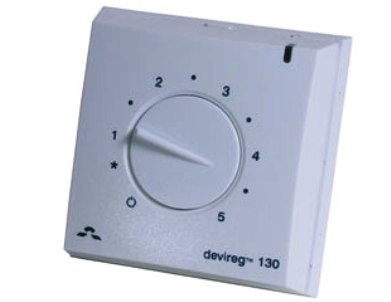
Second digit «1»... The floor heating thermostat has protection class IP31. Vertically falling water droplets will not harm it, but if they are tilted at a certain angle, the water droplets will enter the slot around the rotating mechanism and may cause a short circuit inside the thermostat.The first number 3 indicates that without a special small tool, the body of the thermostat cannot be opened, and large objects with a size of 2.5 mm will not damage the body under normal conditions.
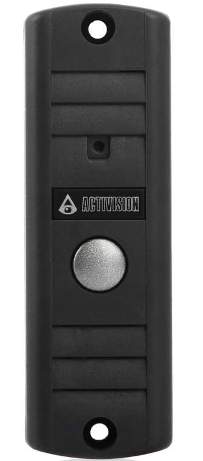
Second digit «3»… The overhead video panel has IP protection IP43. Even in rain, it can work normally and will not fail. The first number "4" — protection against assault with wire in hand.
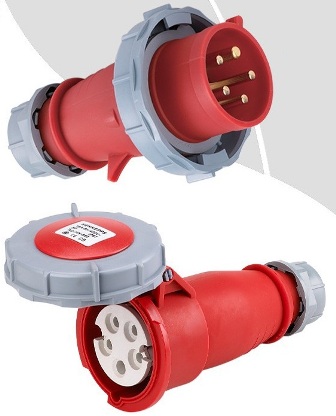
Second digit «6»… The waterproof and dustproof industrial plug and socket have protection class IP66. They will not be damaged by dust or moisture.
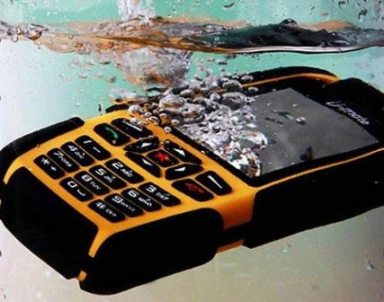
Second digit «7»… The waterproof, dustproof mobile phone has a degree of protection IP67. This phone can be washed under the tap and even bathed in the bathtub. For work in dusty conditions — the best solution.
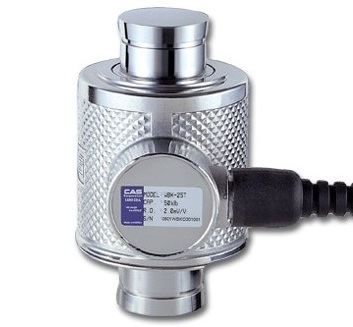
Second digit «8»... Strain gauge for weighing in tens of tons. Its protection class is IP68 — it can work underwater.
As you have probably already noticed, often with a high class of protection against moisture, the class of protection against penetration increases accordingly. An example with a pressure gauge is a vivid confirmation of this. The moisture protection class «4» guarantees here a penetration protection class of at least «5».
In the designation of the protection class, as mentioned at the beginning of the article, additional symbols may be present. This happens if the first digit does not fully reflect the degree of protection of a person from injuries associated with the penetration of parts of the body into the body to dangerous parts of the device, or when the first digit is replaced by the symbol "X ". So an additional third character can be:
-
«A» — protection against access to the inside of the box with the back of the hand;
-
«B» — protection against access to the inside of the box with a finger;
-
«C» — protection against access to the interior of the box by the tool;
-
«D» — protection against access to the interior of the wire box.
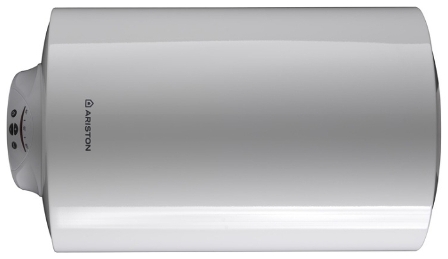
The third character is «D». The water storage heater has protection class IPX1D. In any case, one is protected from harm. The class of protection against penetration is not defined, but there is protection against falling moisture. This implies protection of the electronic unit of the water heater.
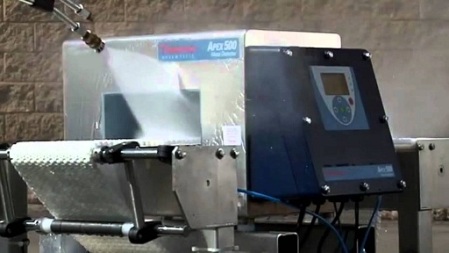
Meanwhile, the German standard DIN 40050-9 complements IEC 60529 with another moisture resistance class IP69K, which indicates the admissibility of safe washing under high temperature pressure, and this class automatically corresponds to the maximum ingress-dust-proof class.
The fourth character in the marking is also possible, it is an auxiliary character, which can be:
-
«H» — high voltage;
-
«M» — the device works when tested for the water resistance class;
-
«S» — the device does not work when tested for the water resistance class;
-
«W» — for operation in all weather conditions.
Additional symbols are used when the class for this additional symbol corresponds to the previous classes, which are obtained with a lower level of protection: IP1XB, IP1XC, IP1XD, IP2XC, IP2XD, IP3XD.
